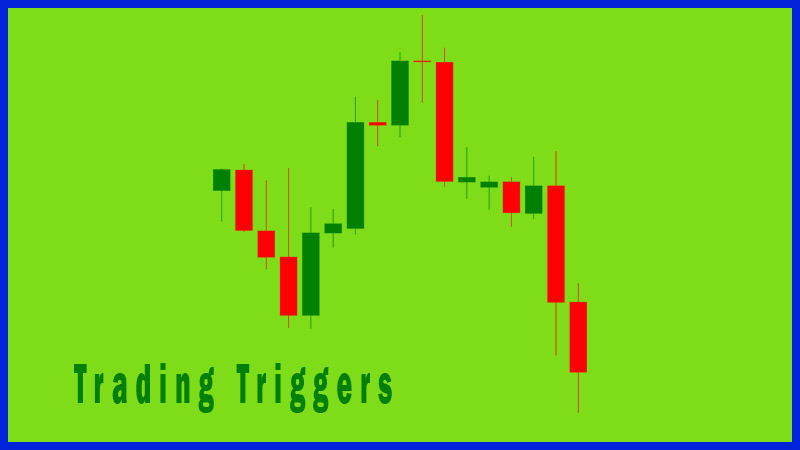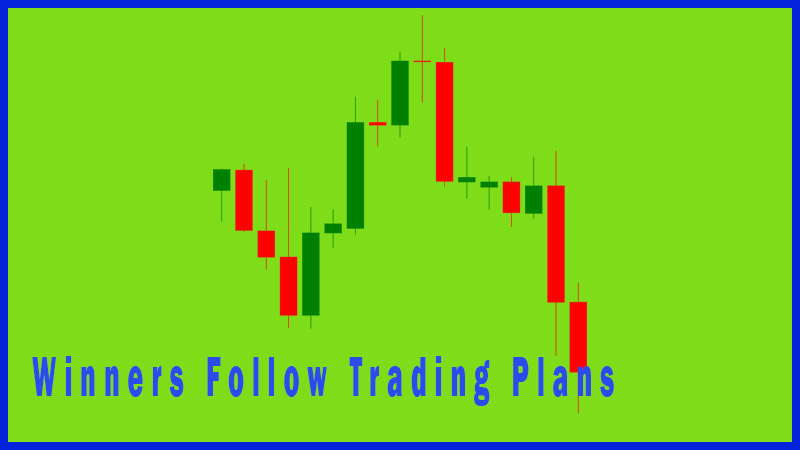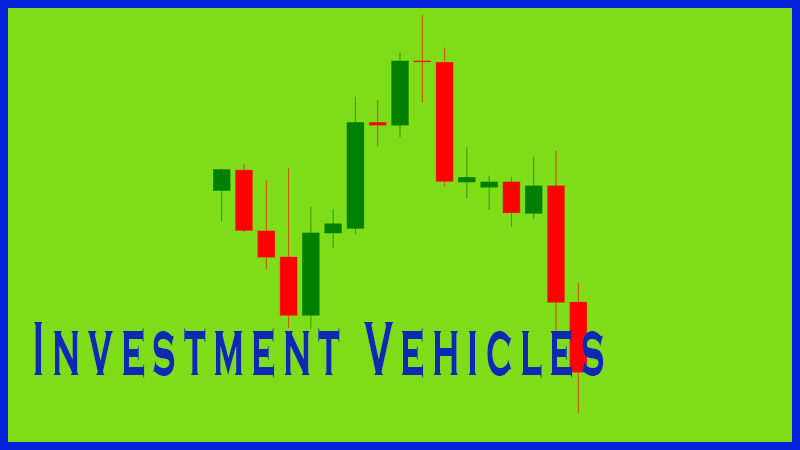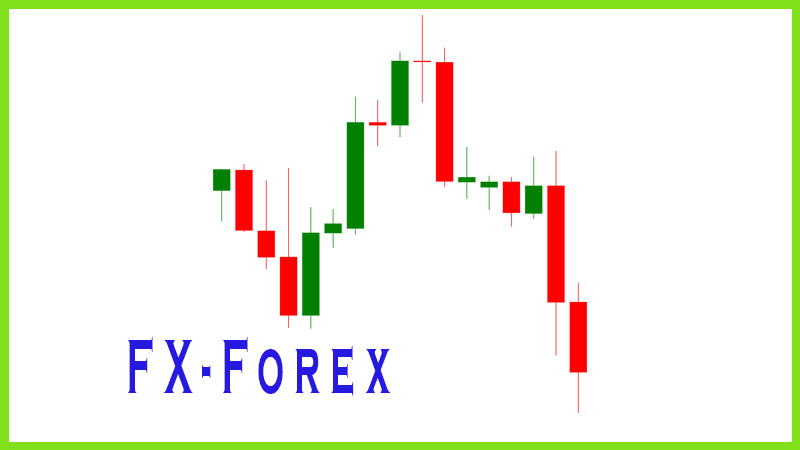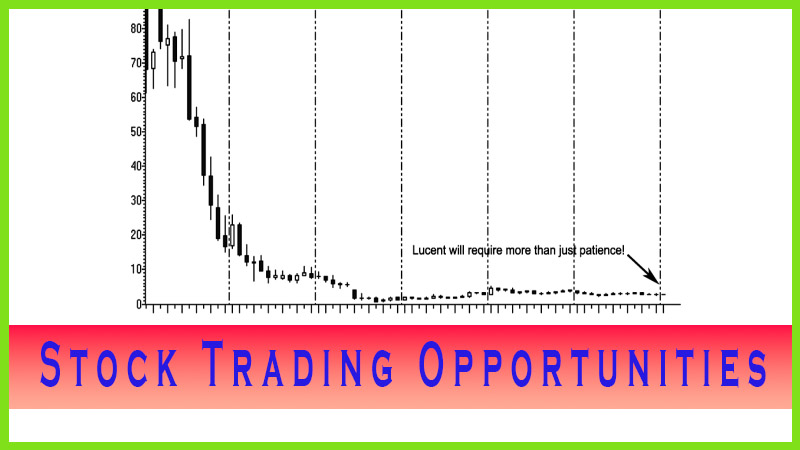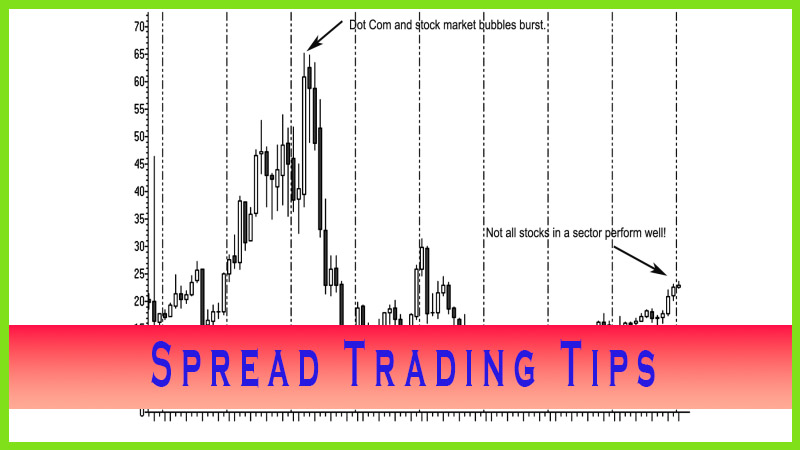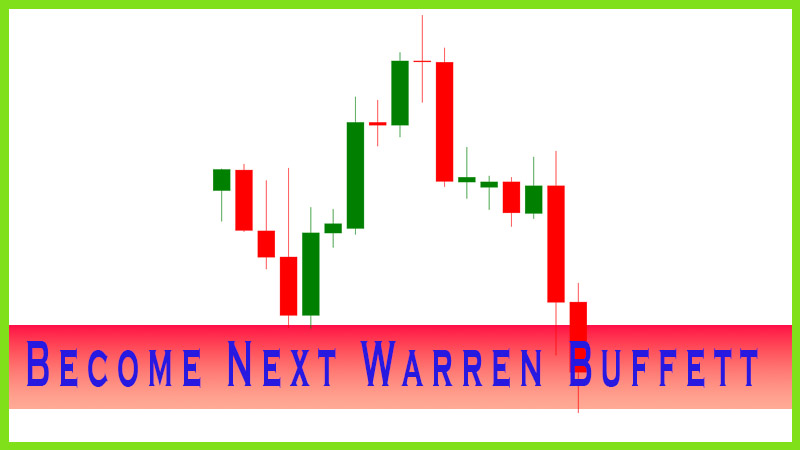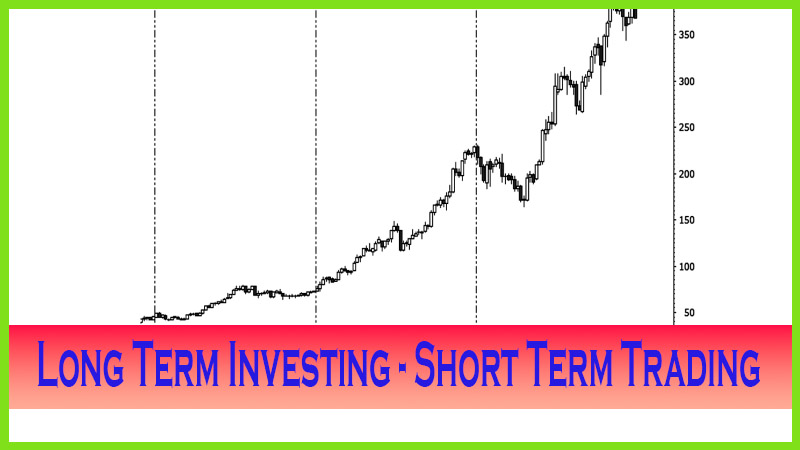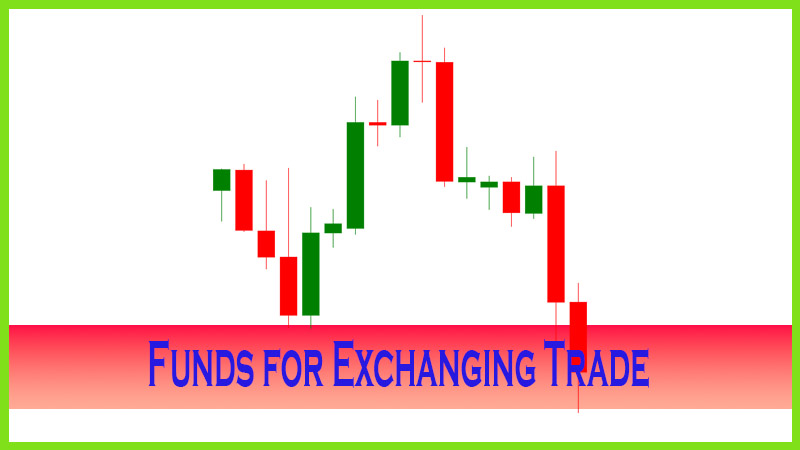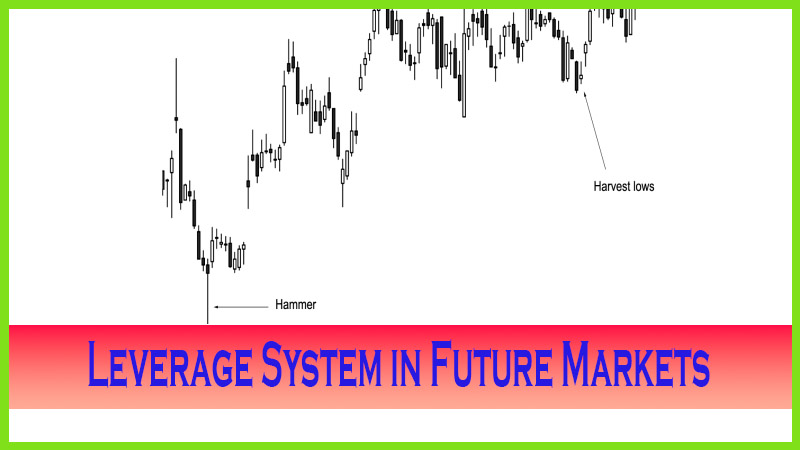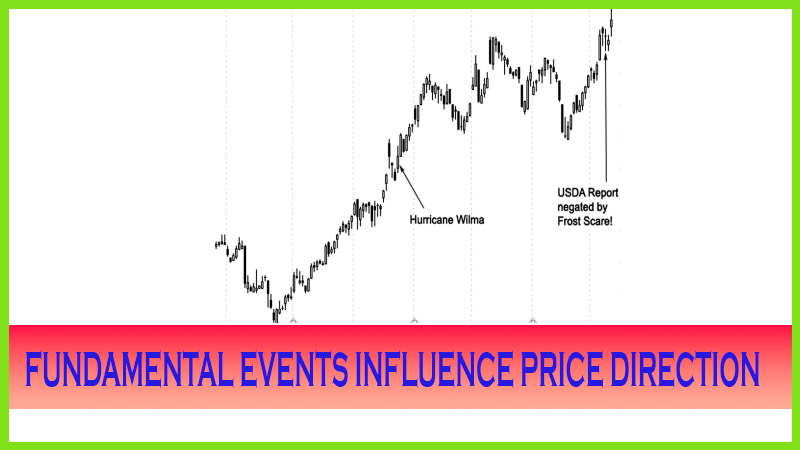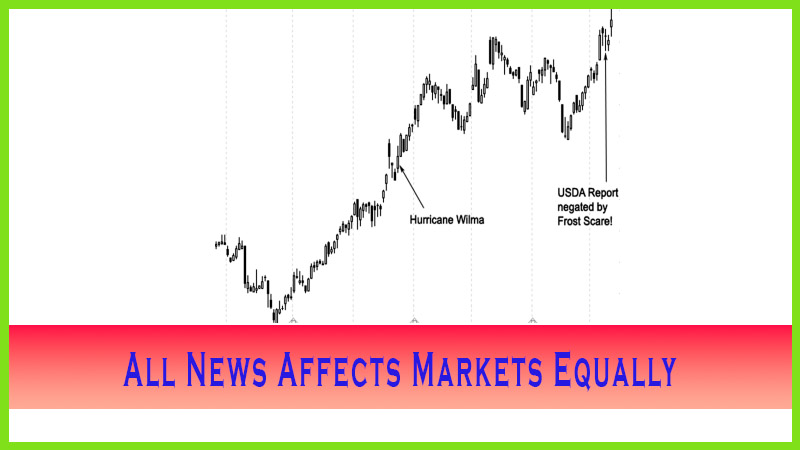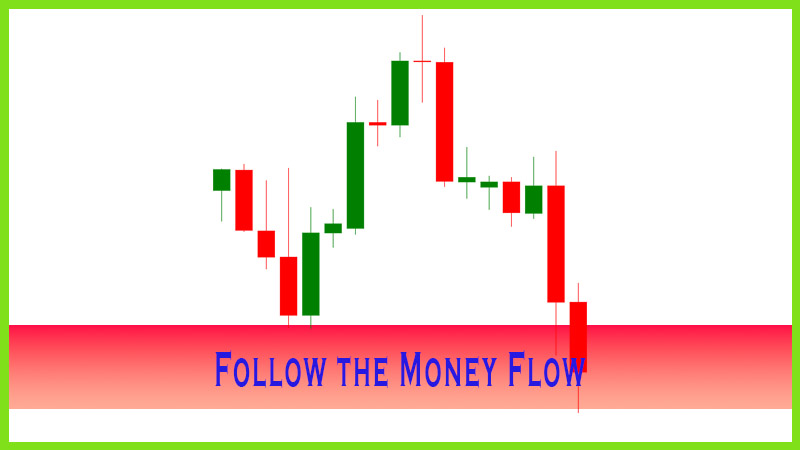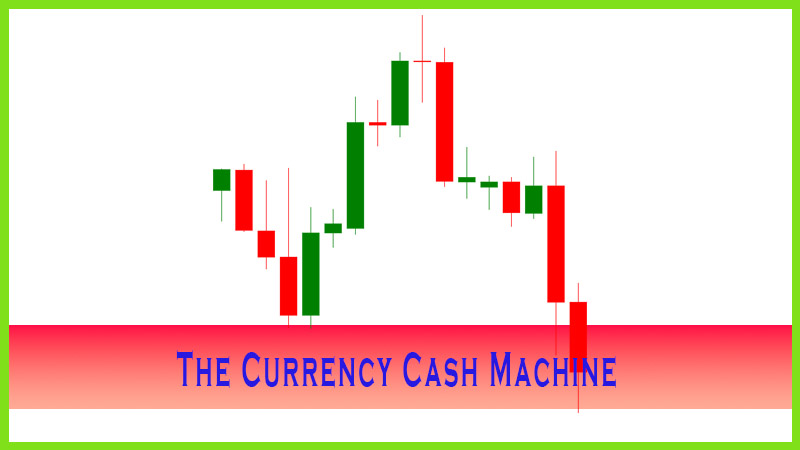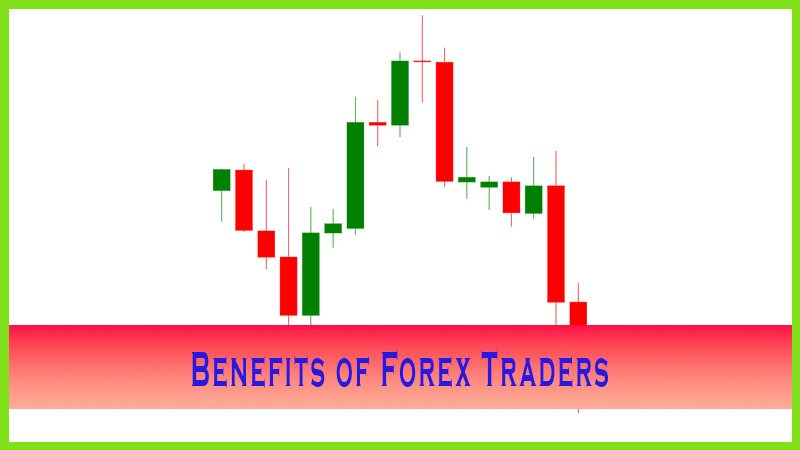Study the Macro Issues
Interest Rates, Unemployment Rate, Geopolitical Events, fundamental analysis
Course: [ The Candlestick and Pivot Point Trading Triggers : Chapter 1. Trading Vehicles, Stock, ETFs, Futures, and Forex ]
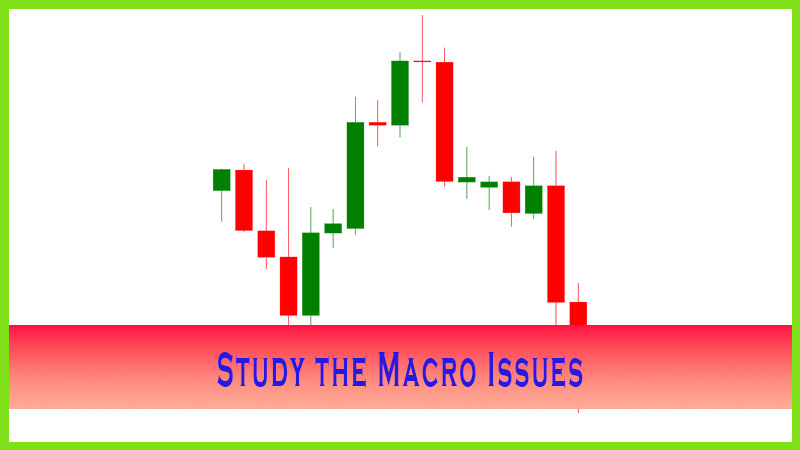
Traders who are new to forex can take comfort in knowing that analyzing and forecasting exchange rate movement rely solely on macroeconomic factors—the “big picture” issues and concepts for which information is readily available and intuitively grasped.
STUDY THE “MACRO” ISSUES
Traders who are new to forex can take comfort in knowing that analyzing and forecasting exchange rate movement rely solely on macroeconomic factors the “big picture” issues and concepts for which information is readily available and intuitively grasped. Once traders have an understanding of the big picture pertaining to an economic region, they can place trades in the currency market to profit from their analysis. Currency traders who are looking to capture big moves in exchange rate movement definitely should focus on three issues when attempting to assess the value of currencies:
- Interest Rates—The Carry Trade Strategy. Each foreign currency has a central bank that issues an overnight lending rate. This is a prime gauge of a currency’s value. In recent history, low interest rates have resulted in the devaluation of a currency. Many analysts assume this is a function of the carry-trade strategy employed by many hedge funds. This is a trade where one buys and holds currencies in a high-yielding interest rate market, such as the United States, and sells or borrows money from a foreign country where the currency is in a low-yielding interest rate market, such as Japan. There is a significant risk exposure to this investment, which requires large capital or a highly leveraged position from an exchange rate fluctuation.
- Unemployment Rate. The unemployment rate is a strong indicator of a country’s economic strength. When unemployment is high, the economy may be weak and, hence, its currency may fall in value. The opposite is true as well. The question that many economists look to answer is what a specific country’s full-employment capacity level is. That knowledge will give clues to the peak in productivity and economic output. That knowledge also helps determine a country’s capital flows and, therefore, is good information for currency traders to follow for longer-term trend identification.
- Geopolitical Events. Like all markets, the currency market is affected by what is going on in the world. Key political events around the world can have a big impact on a country’s economy and on the value of its respective currency. Turmoil, strikes, and terrorist attacks, as we have witnessed in the new millennium, all play havoc with and cause short term price shocks in the currency markets. Terms such as “flight to safety,” as traders move money from one country to another, cause shifts in currency values. These events need to be monitored by forex traders as well.
Forex
traders use fundamental analysis as described earlier to identify trading
opportunities by analyzing economic information for a longer term perspective.
Short-term traders should also understand what and when reports can cause a
shift in currency markets. Knowing what time is best to trade the markets will
help you nail down when a potential trade may materialize. As the pie chart in
Figure 1.35 showed, the largest percentage value traded against the U.S. dollar
was the euro. Therefore, that would represent the European session. The central
place of foreign currency dealings is London, where the second-most-active
trading volume occurs. Therefore, it is where there are likely to be large
range swings in the market, granting day traders an opportunity to profit. The
European session runs from 2 a.m. (ET) until 11 a.m. (ET), so a euro currency
to U.S. dollar (EU/USD) or euro currency to British pound (EU/BP) or a British
pound to U.S. dollar (BP/USD) would be an appropriate pair selection to trade.
The U.S.
session opens at 8 a.m. (ET), which overlaps the European session; and these
two sessions combined generate the bulk of trading activity. Most major U.S.
economic reports are released at 8:30 a.m. (ET); and, as expected, the currency
markets generally react off those reports. This offers traders the opportunity
to trade off what is normally a violent price spike. Once the U.S. markets close
at 5 p.m. (ET), the currency markets are available to trade; but it is not
until the Asian session opens at 7 p.m. (ET) that markets will experience
potential price swings. The Australian dollar (AUS) and Japanese yen (JY) would
be what traders would want to focus on, and the trade opportunities there would
be the USD/JY or the USD/AUS or the cross pair trading the JY/AUS. Notice that
the Asian markets overlap the European session as well, so a Japanese yen
versus euro currency cross (JY/EU) is a popular pair to trade. Here are the
time zones a trader wants to focus on when trading spot forex markets.
·
European
session—2 a.m. (ET) until 11 a.m. (ET).
·
U.S.
session—8 a.m. (ET) until 5 p.m. (ET).
·
Asian
session—7 p.m. (ET) until 4 a.m. (ET).
The prime
trading periods for day traders are from 12:30 a.m. (ET) until 5:30 a.m. (ET),
from 7 a.m. (ET) until 12 p.m. (ET), and from 1:30 p.m. until 5 p.m. (ET).
These periods are when peak volumes occur, due to the opening of the European
session and economic reporting times in Europe. Then, as the U.S. market opens,
you have the window of opportunity to trade off the volatility from the time
when U.S. reports are released. In the afternoon of the U.S. session, volume
increases as traders rush to balance their positions before the end of the day.
These are the select times to trade forex markets (more information can be
found at www.fxtriggers.com).
For the
most part, day and swing traders use technical analysis to identify
opportunities from specific chart patterns that demonstrate frequent
reoccurring results. They need to trade in active time periods, trading off
trend lines and moving averages, which are a form of trend line analysis that
will help in certain market conditions. We will go over a set of moving averages
that is different from what is normally written about and that will help
identify conditional changes in the market, thereby giving forex traders a
better edge. We will also incorporate and show you how to calculate support and
resistance levels from mathematical-based models, such as pivot point analysis,
and other means, such as Fibonacci corrections and extensions, to identify
opportunities and drive trading decisions. These are the methods I will be
covering in this book to help you form a trading plan based on specific rules
and conditions for trading the forex markets.
The Candlestick and Pivot Point Trading Triggers : Chapter 1. Trading Vehicles, Stock, ETFs, Futures, and Forex : Tag: Candlestick Trading, Stock Markets, Pivot Point : Interest Rates, Unemployment Rate, Geopolitical Events, fundamental analysis - Study the Macro Issues

